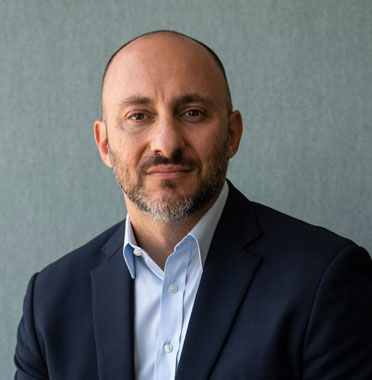A patient’s desire, above all else, is to be seen, heard and treated personally—an experience often lacking in the current climate, where it can take months to get an appointment. Virtual health platforms have the ability to bring health care directly into a patient’s home, nullifying travel time, reducing expenses and helping to combat the growing concern of medical specialist shortages. When it comes to conditions such as epilepsy, for instance, there are 8,950 patients for every one doctor in the state of Mississippi. A virtual platform that connects specialists to patients regardless of distance could transform and prolong these patients’ lives.
However, new technology comes with risks. The increased use of virtual health care has raised questions of patient privacy and highlighted the lack of global standards and third-party certifications available to measure best practices and outcomes.
The Need for Standards in the Current Virtual Healthcare Space
With new services popping up every month, it can be difficult for both patients and providers to find or recognize a reputable virtual platform. Reputable platforms are dedicated to best practices, privacy and facilitating positive patient outcomes.
To fulfill these requirements, virtual health platforms must commit to delivering best-in-class data encryption, HIPAA and GDPR compliance, and certification by medical-grade quality management systems, such as the ISO 13485 Certification. ISO 13485 establishes that the processes used to design, distribute and support products meet the highest global standards for medical products. Yet very few health platforms meet these standards.
ISO 13485 Certification is issued only after an accredited third-party conducts a comprehensive, multi-day inspection of personnel, development processes and the care platform. Without the highest level of transparency, it can become extremely confusing for patients and providers to determine a healthcare platform’s legitimacy—let alone the safety of their data.
In addition to certification, for virtual health platforms to realize their true potential they must prioritize their interface and user experience. If the platform comes with an app or website, logging medication and symptoms should be as user-friendly as possible, especially for patients dealing with severe symptoms in their everyday lives.
For every disease group, different data fields must be taken into account. These factors are not often agreed upon within the medical community. This is why coalitions between third-party organizations and virtual health platforms are essential to determine the defining inclusion criteria and the measurement of treatment outcomes. When treatment outcomes are established, best practices are identified and overall healthcare delivery is strengthened.
The Benefits of an Increasingly Virtual Healthcare Space
Despite the initial challenges in design, privacy protection and ease of use, virtual healthcare platforms offer the opportunity to enhance the patient experience. Furthermore, virtual health platforms can utilize data science and artificial intelligence (AI) to help patients find and gain access to the right specialists more quickly, identify the best medications and shorten the path to optimal treatment.
The treatment and management of epilepsy, as mentioned above, is one such area that can benefit greatly from the use of virtual health care. It can take up to eight years for a patient to be referred to their first epileptologist. Patients suffering from occasional seizures can be perceived as less urgent than someone suffering from more frequent or more severe seizures, prolonging the time to care delivery.
Data science and AI can analyze a patient’s data to pattern-match a patient with the clinician who best fits their needs, saving patients and healthcare providers time and resources. Furthermore, a virtual care platform can connect patients and doctors, regardless of distance.
If months of waiting for an appointment isn’t enough, the drug “trial and error” process for epilepsy patients can take five years to find the right medication and dosage. Virtual health platforms can allow patients and caregivers to connect with their doctors between appointments and track their medication, symptoms and progress. AI and data-science can determine if they are a candidate for a different drug combination based on symptoms, or eligible for surgery or other procedures as a next step.
As we all continue to adjust to an increasingly virtual world, medtech companies must continue raising the bar in data protection, patient-centered outcome measures and global industry standards. Imagine a world where patients with specialized disorders were provided a more convenient and less costly option with measurable outcomes, access to specialists and repeatable treatment plans. Being diagnosed with a chronic disorder, such as epilepsy, might not feel so hopeless.







